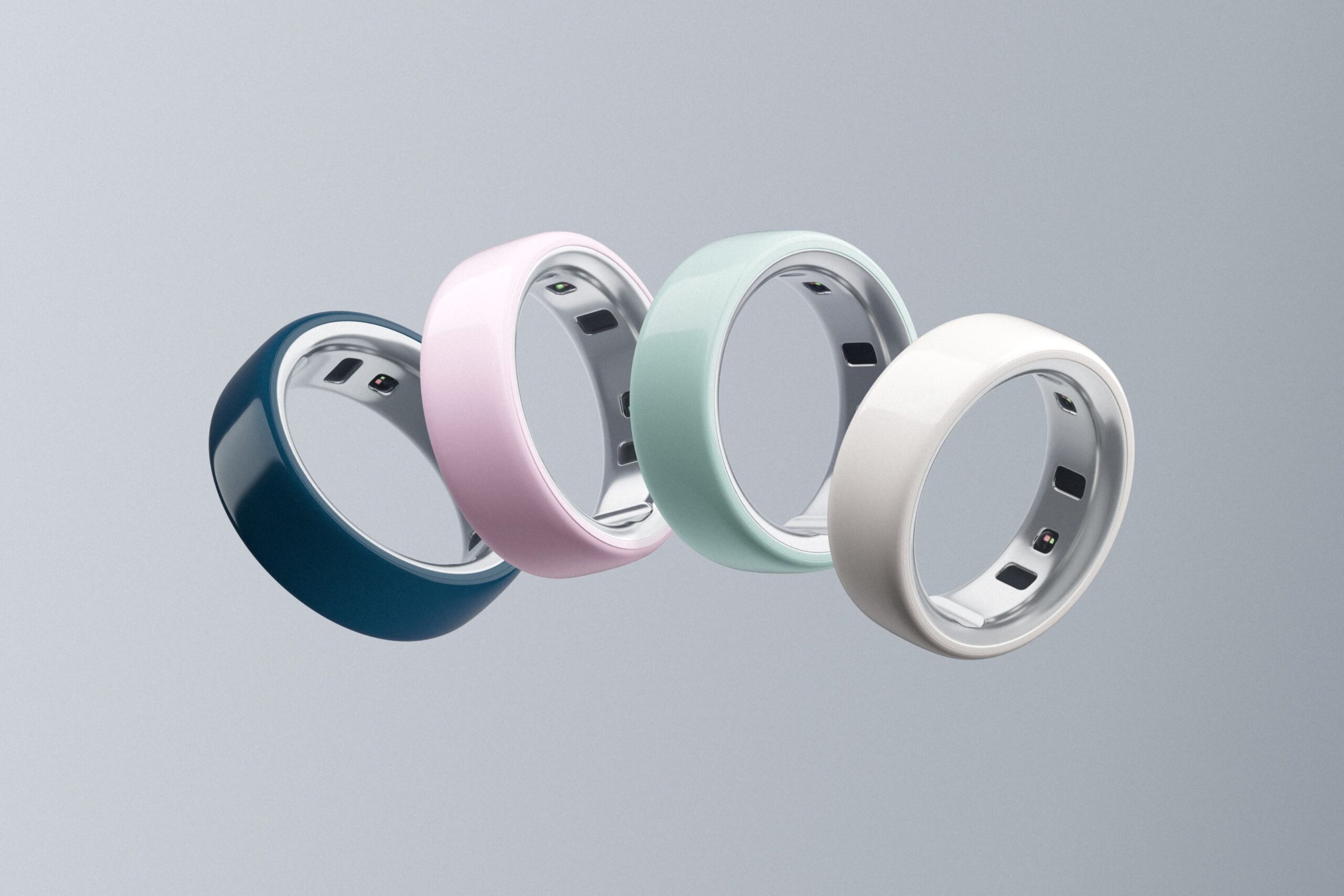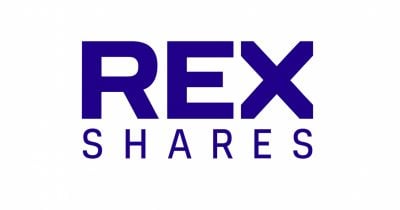All products featured on WIRED are independently selected by our editors. However, we may receive compensation from retailers and/or from purchases of products through these links. Learn more.
It’s a good time to be Oura, the world’s most prominent smart ring company. The company debuted the Oura Ring 4 in late 2024 with an updated design, slimmer sensors, and software updates. It was an unmitigated success—out of 5.5 million Oura rings sold since its inception in 2013, nearly half of them were sold in the past year.
Oura continues to add women’s health features and partners to its software offering. This fall, it announced plans to build a manufacturing facility in Fort Worth, Texas, to support its enterprise partner, the US Department of Defense. The US International Trade Commission also ruled in Oura’s favor in a patent infringement case, and the company’s main competitors, Ultrahuman and Ringconn, are facing a sales ban starting on October 21. (Ultrahuman is countersuing.)
Keeping momentum going, Oura announced a new ceramic smart ring lineup today, along with multi-ring support in the app, as well as a new milled-aluminum case that recharges via USB-C and can charge your ring up to five times. You can even request blood panels through the app.
New Colors and Carry Solutions

Courtesy of Oura
Oura rings are almost instantly recognizable today—I can spot that brushed silver or rose gold finish anywhere. I even know people who wear Oura rings as their wedding rings. (I’m not quite there yet.) If your Oura ring is not only a fitness tracker but a fashion accessory, the new Ceramic Collection will likely appeal.
The ceramic rings come in four colors: Midnight, Petal, Tide, and Cloud. While the sensors and the metrics they collect are the same as those of the Oura Ring 4, it’s made from high-performance zirconia ceramic. The material is durable, but it will show scuffs, which you can buff out with the included polishing pad. It’s a tad thicker than the original Ring 4, which touted slimness as one of its biggest upgrades—the metal Oura Ring 4 is 2.88-mm thick, while the ceramic is 3.51 mm.
For the first time, the app also supports multiple rings, meaning you can swap your ring depending on your mood or outfit. This feature is available for iPhone users today, but Android phone owners will have to wait until October 20.
I have mentioned in other smart ring reviews that I appreciate having a closed charging case. I’m far from the only person who has accidentally knocked an Oura ring off its charging dock while it’s sitting on a bedside table or desk. Now Oura has its own palm-sized charging case, which can charge the ring in 90 minutes and has enough battery to recharge the ring up to five times.

Courtesy of Oura
Instead of carrying a dock and cable with you while traveling, you can slip the case into your bag. The case is splash-resistant and has an LED to show the charge level of the ring. As with the charging dock, the case is specific to each Oura ring size, so while you’ll be able to charge each of your separate Oura rings, you will not be able to charge someone else’s if their hands are bigger.
If you have an Oura Ring 3 or a previous generation, you can return your ring to Oura, and the company will recycle it. As of today, the Ceramic Collection is available for $499 per ring (a $150 price jump over the standard Oura Ring 4, but the same price as the upscale Rose Gold finish). The charging case is available to order in the US for $99 and will come to other markets later this year.
Blood Work

Courtesy of Oura
In the coming weeks, Oura users will be able to request blood panels in the app. Currently, getting your blood labs taken to measure metabolic markers, like lipids and cholesterol, is a test you order through a doctor’s office. Labs are often prescribed as part of a standard wellness checkup, but they can be inconvenient to request and schedule.
For $99, Oura users can schedule lab tests through Quest Diagnostics and view the results in the app once they come in. Oura can keep track of up to 50 metabolic markers (the company partners with Dexcom to continuously monitor your glucose levels). Oura’s AI Advisor will then help you spot patterns and change your behaviors in accordance with your markers.
Oura’s unquestioned dominance has not come without bumps. Longtime fans of the ring on Oura’s subreddit have raised objections about the company’s partnership with the Department of Defense; CEO Tom Hale has emphasized that Palantir does not have access to your health data. That’s particularly important as the company sets out to collect even more of that data.
Still, if you want an attractive fitness tracker that doesn’t constantly ping you or force you to look at a screen, this is one of my favorites and the one I use as a baseline to compare the metrics captured by many others. (Prince Harry also agrees with me.)
Health panels will be available through the Oura app in the coming weeks for US customers, excluding Arizona, Hawaii, New Jersey, New York, and Rhode Island. The other caveat? You must be over 18 and under 65 to request one.
Power up with unlimited access to WIRED. Get best-in-class reporting and exclusive subscriber content that’s too important to ignore. Subscribe Today.



